Cisco PVDM2 – 48
Description
Cisco PVDM2 – 48 Overview:
The Cisco PVDM2-48 is a module designed for Cisco Integrated Services Routers (ISRs) that provides digital voice capabilities. It is part of the Cisco Packet Voice Digital Signal Processor Module (PVDM) family and offers a total of 48 channels for voice processing.
Here are some key features and capabilities of the Cisco PVDM2-48:
- Voice Processing: The PVDM2-48 is equipped with digital signal processors (DSPs) that enable voice compression and decompression, echo cancellation, and other voice processing functions. These capabilities are essential for reliable and high-quality voice communication over IP networks.
- Channel Density: With 48 channels, the PVDM2-48 offers a significant capacity for handling voice traffic. Each channel can be used for a voice call, conferencing, transcoding, or other voice-related functions.
- Flexibility: The PVDM2-48 is a flexible module that can be installed in various Cisco ISR platforms, including the Cisco 2800, 2900, 3800, and 3900 Series routers. This versatility allows for easy integration and scalability within different network environments.
- Compatibility: The PVDM2-48 is backward compatible with the previous generation PVDM modules, such as PVDM and PVDM2. This compatibility ensures smooth transitions and upgrades for existing Cisco voice deployments.
- Voice Codec Support: The PVDM2-48 supports a wide range of voice codecs, including G.711, G.729, G.722, and many others. These codecs determine the compression and encoding standards used for voice transmission, ensuring efficient bandwidth utilization and optimal voice quality.
- Integrated Services: The PVDM2-48 integrates seamlessly with other Cisco services and applications, such as Cisco Unified Communications Manager (CUCM) and Cisco Unified Border Element (CUBE). This integration enables advanced voice features like call routing, voice messaging, and collaboration services.
- Redundancy and Resilience: The PVDM2-48 supports redundancy features, allowing for the configuration of backup DSP resources. This redundancy ensures uninterrupted voice services in case of module failure or system maintenance.
- Advanced Voice Technologies: The PVDM2-48 incorporates advanced voice technologies like voice activation detection (VAD), comfort noise generation (CNG), and dynamic jitter buffer (DJB). These features enhance voice quality, reduce bandwidth consumption, and mitigate network impairments.
Cisco PVDM2 – 48 Specifications:
Here are the detailed specifications of the Cisco PVDM2-48 module presented in a table format:
| DSP | • Texas Instruments TNETV2510GGW for PVDM2-16, PVDM2-32, PVDM2-48, and PVDM2-64 • Texas Instruments TNETV2505GGW for PVDM2-8 |
| DSP CPU Clock | • 200 MHz for TNETV2510GGW • 175MHz for TNETV2505GGW |
| DSP External Memory | 128-megabit synchronous dynamic RAM for each DSP (for both TI 2510 and TI 2505) |
| Interface | 80-pin SIMM interface |
| Echo Cancellation | Software echo cancellation compliant with ITU-I G.168, with 64-ms tail coverage |
| Safety | • IEC 60950 (worldwide) and AS/NZS 3260 (Australia and New Zealand) • CAN/CSA-C22.2 No. 60950 (Canada) and GB4943-95 (People’s Republic of China) • EN60950 (CENELEC; includes EU and EFTA) • SS337 (Singapore; PSB approval), NOM-019-SCFI-1998 (Mexico), and UL 60950 3rd edition (United States) |
| Homologation | Platform dependent |
| Mean Time between Failure (MTBF) | System dependent |
| CISPR22, Class B | Emissions |
| EN55022, Class B | Emissions |
| CFR47, Part 15, Subpart B, Class B | Emissions |
| EN61000-3-2 | Harmonics |
| EN61000-3-3 | Flicker |
| CISPR24 | Immunity |
| EN 55024 | Immunity |
| EN50082-1 | Immunity |
| EN61000-3-2 | Harmonics |
| EN 61000-3-3 | Flicker |
| EN 61000-4-2 | Electrostatic discharge (ESD) |
| EN 61000-4-3 | Radio frequency (RF) fields |
| EN 61000-4-4 | EFT |
| EN 61000-4-5 | Surge |
| EN 61000-4-6 | Conducted RF |
| EN 6100-4-8 | Power-frequency magnetic fields |
| EN 61000-4-11 | Voltage dips, sags, and interruptions |






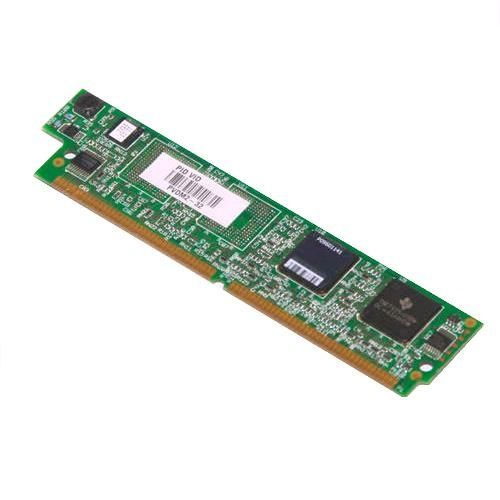
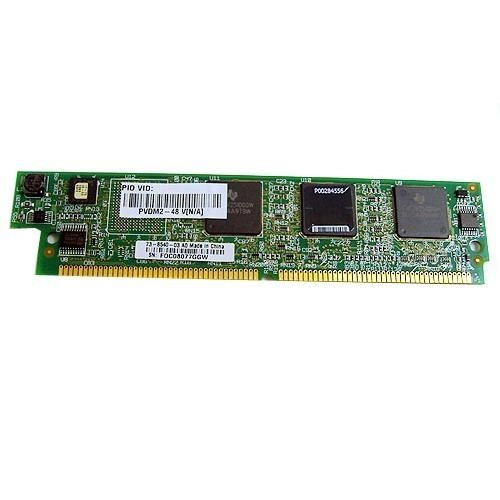

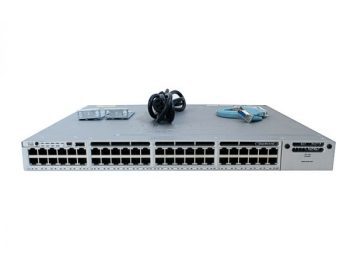
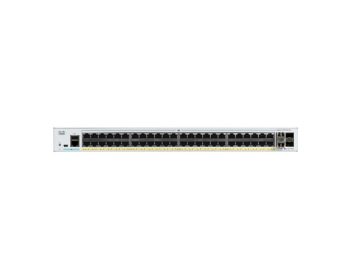


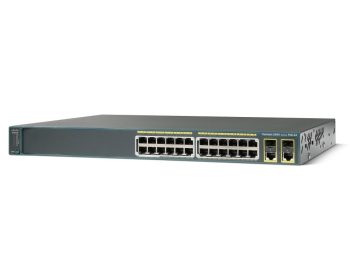
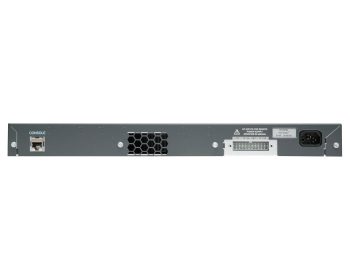
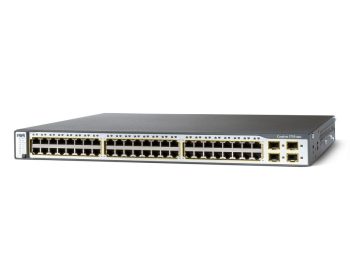


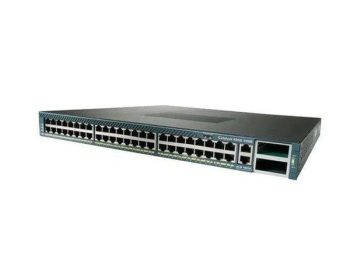
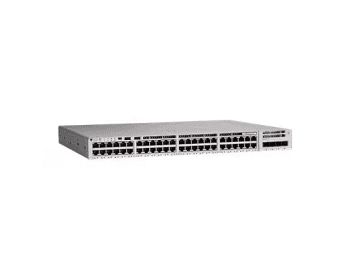
Reviews
There are no reviews yet.